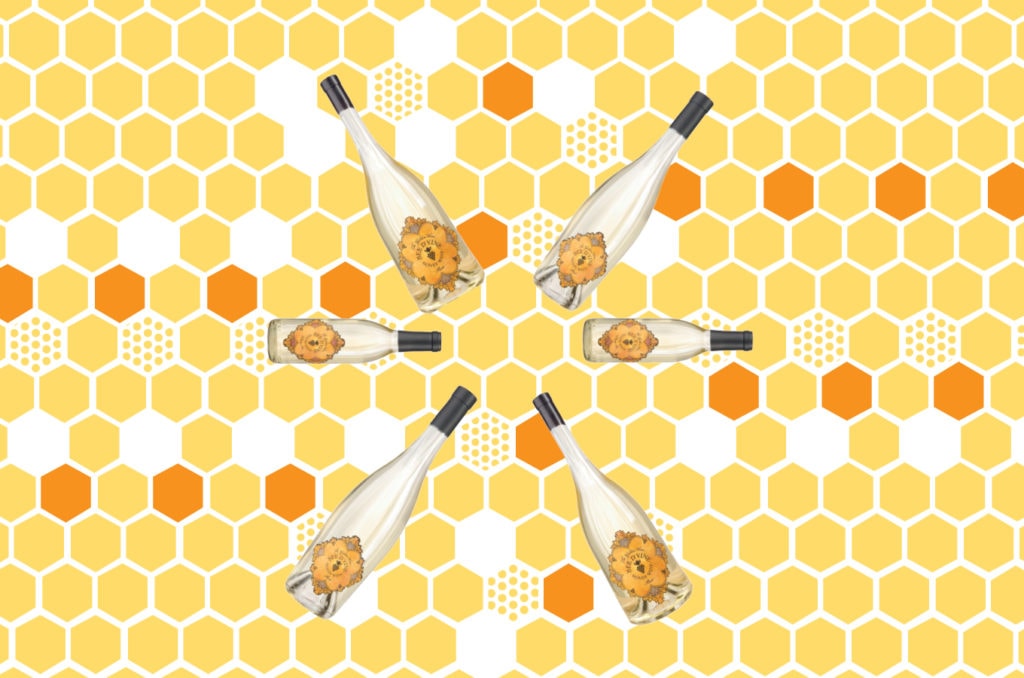Turning Honey Into Wine: Ethiopian Airlines Serves Bee d’Vine Mead
Share

Bees fly, so why not wine made from their honey?
Beverage carts have been made over with regional craft beers, specialty cocktails, champagne and long menus of sommelier-chosen wines. But you’re not likely to find mead, an alcoholic drink made of fermented honey and water, on many airline drinks lists – other than Ethiopian Airlines, that is.
Referred to by ancient Greeks as the “nectar of the gods,” mead, commonly called honey wine, has been prized by many cultures for centuries, and like cider it retains its own category among alcoholic beverages. “[It] comes in many different variants and is defined by what’s added and how much honey is used,” Fred Minnick, author of Mead: The Libations, Legends, and Lore of History’s Oldest Drink, explains. “In Ethiopia, they make one of the world’s oldest variants, called tej, that uses gesho bark in the fermentation process and yields a magnificent bitter flavor similar to hops.”
Inspired by the tej served in his Ethiopian household, and by his family vineyard in Northern California, in 2014, Ayele Solomon introduced dry (brut) and semisweet (demi-sec) “Bee d’Vine” honey wine made exclusively with California honey and spring water. “I evaluated production in Ethiopia and South Africa,” Solomon says, “but I settled on the world-class wine region of Sonoma, not far from where I grew up.”
In addition to the unique taste of his honey wine, Solomon says the non-tannic nature of meads makes them a good addition to in-flight beverage menus. “A significant segment of the population doesn’t particularly care for the tannins in grape wine,” he says, “and the floral notes from the honey seem to hold up better than grape wine phenolics.”
Ethiopian Airlines has been carrying Bee d’Vine honey wines for two years, and Solomon says he has received interest from several other airlines as well. Carriers looking to add the craft honey wine to their in-flight beverage menus could benefit from being an early adopter, according to Francine Cohen, editor-in-chief and consultant at Inside F&B. “Offering something most other airlines don’t serve can impress passengers and set you apart,” she says. “And if your route takes you to Poland, Nordic countries, Rome, England, Greece or Ethiopia, there’s a great regional story to tell, as each of these places has a rich honey wine history.”
Mead for Each Other
Dry varieties of honey wines pair well with seafood, including shellfish, sushi and grilled fish, as well as with creamy pasta dishes, honey baked ham, cream starters and dips.
Semisweet honey wines complement cheese and fruit plates, pork or chicken, and work well with spicy Thai entrées, as well as Mexican, Indian and Ethiopian cuisines.
Sweet honey wines can be a dessert on their own or a good match for strong blue cheeses, pastries, and rich chocolate or creamy desserts.
“Turning Honey Into Wine” was originally published in the 8.4 August/September issue of APEX Experience magazine.


